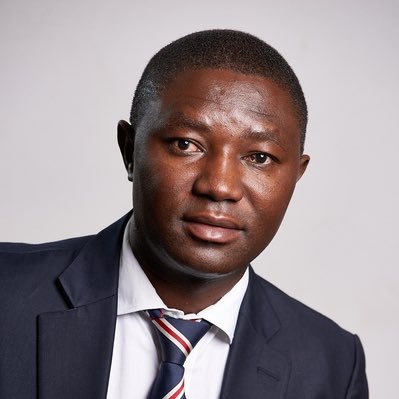Tesla Master Plan 3-FDI opportunity for Namibia
Tesla, a leading electric vehicle (EV) manufacturer with 63.5% market share whose mission is to accelerate the world’s transition to sustainable energy, revealed its Master Plan 3 for the next 10 years on the 1st of March 2023.I took an interest in the master plan firstly because of its data and physics-driven approach. Secondly, Tesla has a proven track record in innovation and thirdly, the Tesla ambitions are well aligned with Namibia's vast renewable resources, open space land and existing trade facilitation arrangements such as the Walvis Bay Corridor Group which connects our harbour towns to the rest of Africa.
The master plan assumes that a sustainable economy, one without CO2 emissions, can be achieved by 2050. Tesla made these assumptions based on the current sustainable energy adoption.
A sustainable economy by 2050 requires 1 terawatt per year of renewable energy. The trend toward the 2050 target shows that,
0.36 terawatt per year of renewable energy was deployed in 2022.
Solar deployment grew by 50% worldwide on a year-on-year basis in 2022.
60% of the US grid electricity was generated from solar in 2022.
88% of Portugal electricity consumption was generated from renewable energy in January 2023. The country aims to generate 80% of its annual electricity usage from renewable sources by 2026.
16-terawatt hour will be needed for a 2050 sustainable economy.
In comparison, 0.54-terawatt hour of batteries for vehicles, grid and thermal were deployed.
85 million electric vehicles production per year is required for a sustainable economy.
8 million electric vehicles were manufactured in 2022.
In Europe, electric vehicles outsold petrol and diesel cars in the last quarter of 2022 for the first time.
In oil-producing Norway, electric vehicles accounted for 79% of new passenger car registrations in 2022. Norway aims to reach a target that all new cars sold in 2025 to be zero-emission vehicles.
With Master Plan 3, Tesla intends to contribute significantly to the goal of reaching a CO2-free economy by producing 20 million, affordable EVs per year. The EV automaker currently has a capacity to produce 2 million vehicles per year. Toyota, the largest car manufacturer, produced 10 million cars in 2022. If Tesla manages to reach the 20 million, affordable cars per year milestone within a decade, we should expect more new Tesla cars on Namibian roads perhaps more than we see Toyota manufactured vehicles.
How does Namibia fit in the Tesla master plan?
Tesla revealed that it intends to establish 12 Giga car manufacturing facilities to achieve the 20 million cars per year target. The company currently has three Giga facilities for car manufacturing - in Texas, USA; Shanghai, China and Berlin, Germany. A new US$5 billion factory is being established in Mexico expected to create about 6 000 direct jobs.
Given the innovation that Tesla showcased at the master plan 3 unveiling aimed at reducing the cost of its next generation vehicles and ramping up its production capacity, Africa will soon be in line for a Giga factory. Namibia, with its vast solar, wind, vast unoccupied land and a network of good road infrastructure connecting our two ports to the rest of Africa has checked all boxes for a Tesla Giga Africa factory.
As a country, it will be in our best interest to engage and present our case to Tesla as the ideal location for the Africa Tesla Giga factory. Given our many constraints (Tesla built Giga Shanghai for US$2 billion in 168 working days), we will have to offer win-win concessions such as VISA facilitation for expertise not in the country, supported by a solid plan to build internal capacities to replace expatriates over time and offer clean energy incentives. Since the Giga factory will be more likely powered by renewable energy, our pitch should also be accompanied by the opportunity by Tesla to decarbonize our grid and that of our neighbours by feeding surplus electricity from renewables at the Giga factory.



